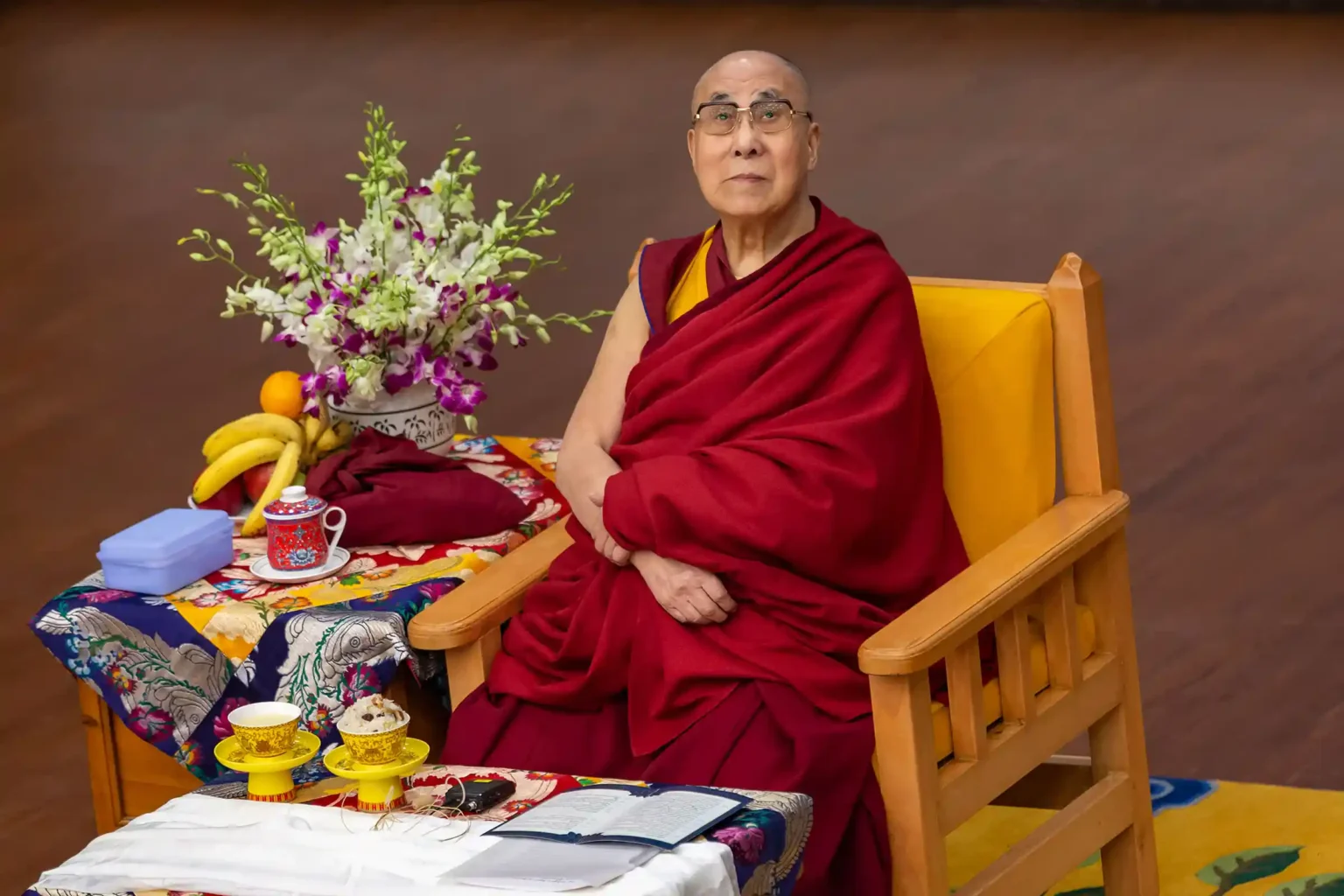The Dalai Lama’s Spiritual Rebuttal to China’s Kailash Charade
As the 14th Dalai Lama approaches his 90th birthday on July 6, 2025, a quiet diplomatic revolution has unfolded. While China orchestrated a propaganda campaign around reopening the Kailash Mansarovar pilgrimage route, the Tibetan spiritual leader delivered a masterstroke that neutralized Beijing’s decades-long strategy to control Tibetan Buddhism.
The Birthday Declaration That Changed Everything
On July 2, 2025 just four days before his milestone birthday the Dalai Lama issued his most significant declaration in decades. The “Statement Affirming the Continuation of the Institution of Dalai Lama” definitively resolved the succession question that has dominated geopolitical discussions for over a decade.
The timing was precise. The statement confirmed that “the institution of the Dalai Lama will continue” and, crucially, that “the Gaden Phodrang Trust has sole authority to recognise the future reincarnation; no one else has any such authority to interfere in this matter.”
China’s Kailash Gambit: Theater Over Substance
China’s decision to reopen the Kailash Mansarovar Yatra route through Lhasa after a five-year suspension appeared strategically timed. A group of 39 Indian pilgrims crossed into Tibet, marking the resumption of this sacred journey suspended during COVID-19 and extended due to border tensions.
Yet the numbers reveal the propaganda nature of this initiative. Pre-pandemic data shows approximately 60,000 pilgrims visited Kailash Mansarovar annually via Nepal, compared to only 15,000 through China. This means 75% of pilgrims traditionally chose the Nepal route, making the Chinese route’s reopening more about optics than practical religious accommodation.
The Information War: Journalists as Unwitting Assets
The Chinese Embassy in India, through spokesperson Yu Jing, has deployed sophisticated information warfare targeting international audiences. The embassy’s Facebook page features videos from Indian journalists promoting the “Tibet (Xizang) narrative.” Whether these journalists provided specific content for Chinese propaganda or Beijing repurposed routine coverage remains unclear, but the effect legitimizes Chinese rule through seemingly independent media voices.
The strategy encompasses neutral journalists whose coverage is weaponized by Chinese propaganda and paid assets who promote Chinese development narratives while omitting environmental destruction, cultural suppression, and human rights violations. These assets receive luxury trips and incentives in exchange for favorable coverage.
Yu Jing’s emphasis on sites like Tashilhunpo Monastery reveals another layer of China’s approach. By highlighting the official residence of the Panchen Lama, a position China controversially filled with its own appointee. Beijing attempts to establish alternative centers of Tibetan Buddhist authority that bypass the Dalai Lama’s influence.
The Succession Framework: An Unassailable Defense
The Dalai Lama’s July 2 statement represents more than religious protocol—it establishes a governance structure that maintains Tibetan Buddhist autonomy regardless of Chinese political control. By referencing his original 2011 declaration and 14 years of consultation with “high Lamas, the Tibetan public, and other concerned people who follow Tibetan Buddhism,” he demonstrates consistent democratic engagement.
The framework entirely bypasses Chinese authority, creating an institutional barrier that cannot be easily challenged. China’s historical interference in selecting the Panchen Lama. where they appointed their own candidate while the Dalai Lama’s choice remains missing, demonstrates the template they hoped to apply to the Dalai Lama’s succession. The July 2 statement effectively neutralises this strategy.
The Hidden Cost of Tibet Tourism
While Chinese propaganda emphasizes infrastructure development, independent reports document environmental devastation accompanying these projects. Large-scale mining operations, dam construction, and military installations have altered Tibet’s ecological landscape, threatening water resources for billions downstream.
The cultural impact proves equally severe. Systematic destruction of monasteries, restrictions on religious education, and forced relocation of nomadic communities represent a comprehensive campaign to eliminate distinct Tibetan identity.

